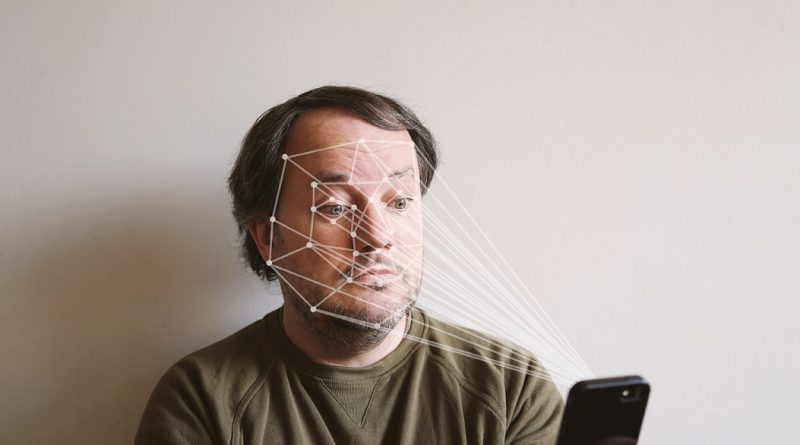The Most Typical Use Cases of Biometric Technologies
Biometric data is being collected and used in many different areas of the world today. For those unfamiliar with the term, biometrics refers to any information about a biological being, such as a human. We tend to use information about a person that cannot be replicated easily or hidden. Unique features like fingerprints, blood type, facial recognition, and others are used every day in several industries. Here are some places where you may see this form of technology being used.
Law Enforcement and Public Security
Law enforcement has one of the most basic implements when it comes to biometric data. They will use your fingerprints, DNA, and facial recognition to determine who you are and your presence in their systems as a criminal. Your driver’s license is a basic form of biometrics, including your face and personal information.
Military
The military has many sorts of biometric data on file from their recruits and members. Not only do they have fingerprints and facial ID, but they will regularly use eye scans to prove a person is who they claim to be. This can be used to unlock a facility or simply allow them access to a certain computer terminal.
Border, Travel, and Migration Control
We often think of border control and travel as being a matter of an ID and a good, clean record. However, the fact is that controlling who comes to your country often uses other data. For example, the present day is seeing governments around the world briefly checking if people have the symptoms of sickness before allowing them to access their country.
Healthcare
Healthcare has many facets of biometric data included in their processes. Everything from your facial recognition to your past and present health can be gathered for use in the healthcare field. The data on your potential ailments that are present in your DNA is the next area from which information will be gathered for the realm of healthcare.
Civil Identification
Civil identification uses some basic biometric data such as facial recognition through your license. That is still a very distinct form of ID, though.
Dating Sites and Dating Apps
According to the information provided by a dating review website, the usage of biometric technologies in dating is a new step, and users are becoming more interested in implementing this kind of technology into dating sites. Dating sites and apps are taking a dip into several parts of this data, using it for security as well as for a way to help people match with others. For example, the site could use your thumbprint as a password to get into the app. However, when it comes to the looks of a person, sites are beginning to scan the faces of people that are interesting to you, based on your clicks, to suggest others that are like them. Some apps are planning to let you upload a picture of your ex to find someone that looks like them!
Physical and Logical Access
Of course, there is always the use of biometrics to give people physical and logical access to an area or an item as well. Many gun safes use biometric data such as your fingerprint to release the locking mechanism quickly in the event of an emergency. The same concept can be applied to computer terminals.
Commercial Applications
Commercial businesses have used biometrics as a way to help keep their businesses secure. They protect their ideas by using biometric security. Moreover, they are studying the information given to them by their clients. People that are suffering from a particular ailment will have their information, like frequency of headaches, used as a way to produce an item that will help them in their daily lives. Commercial businesses are late to the game, but they’re going to use this data more in the future.
Biometric data collection and dissemination is a valuable process that is appearing all over the world today. It’s being used to secure borders along with finding people that need access to healthcare. Even dating sites are making it a part of the attempt to meet someone to love! This form of data collection is still growing, but you can expect to see it in every element of your online lifestyle now and in the future.











